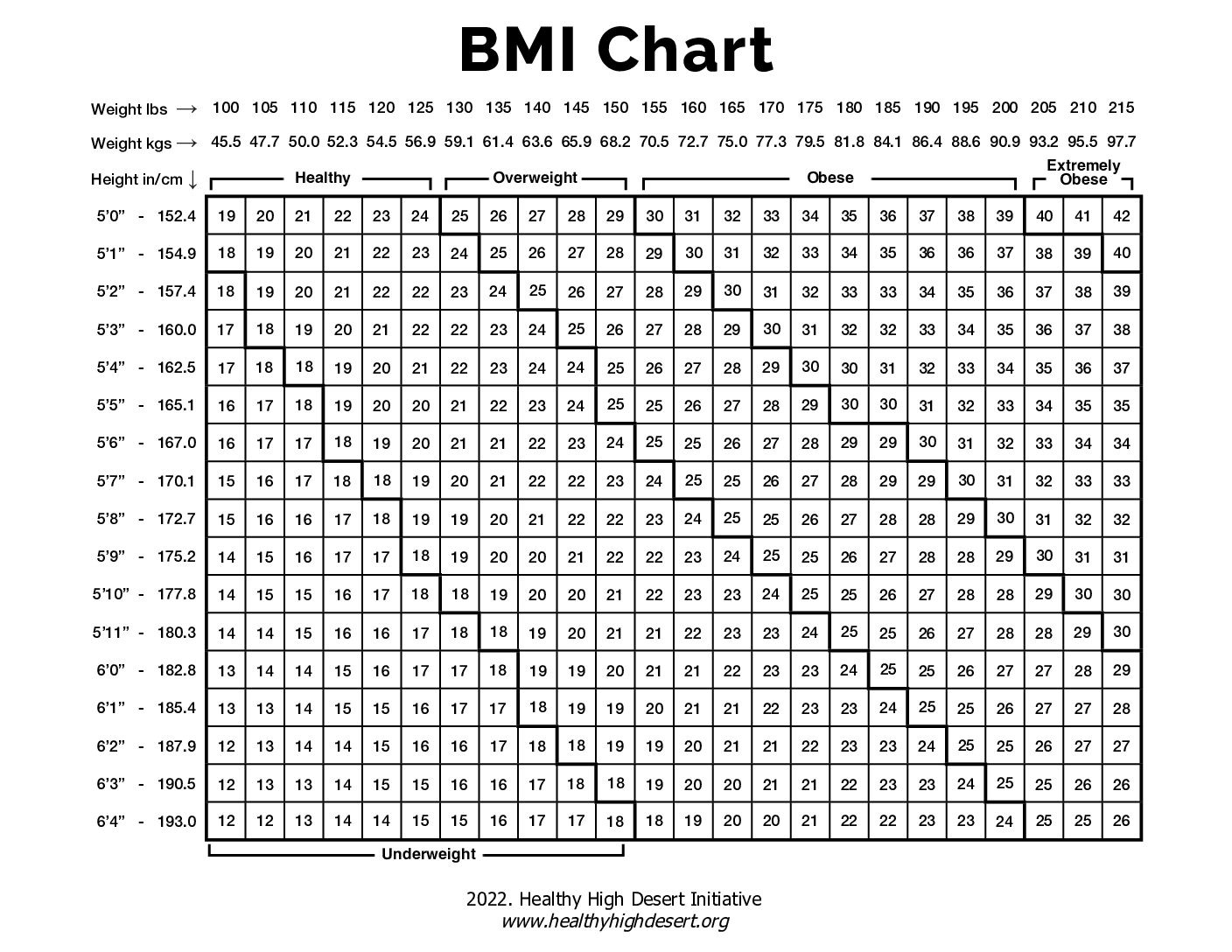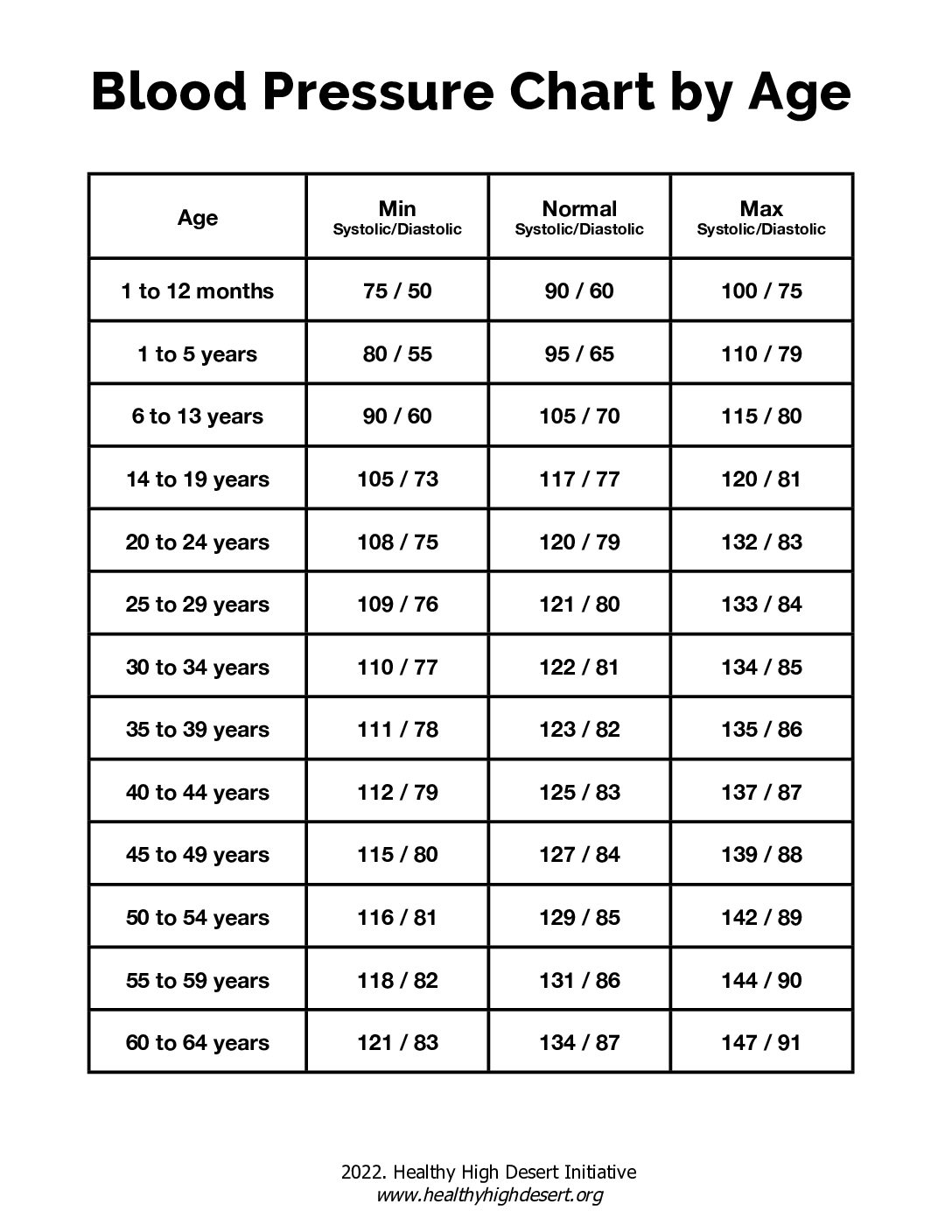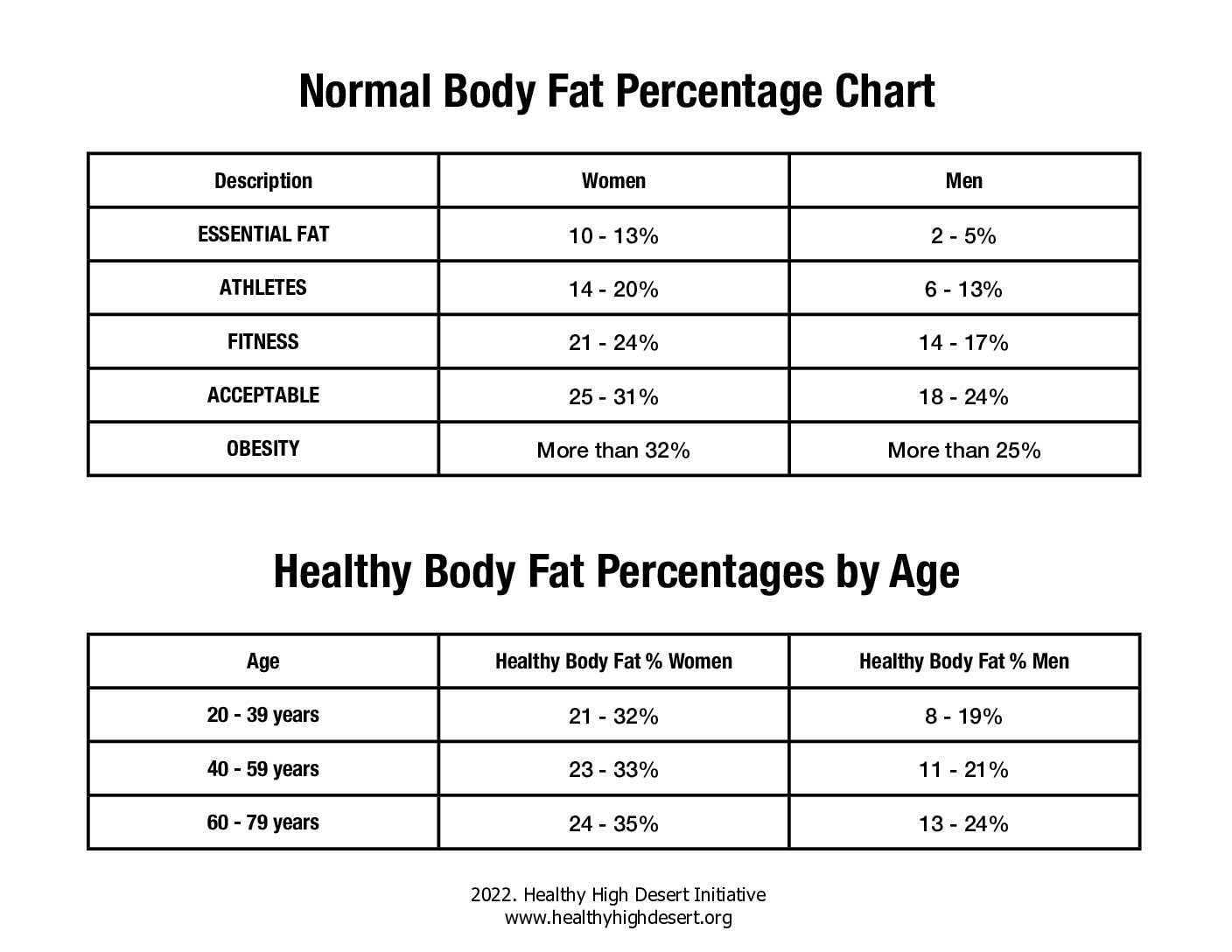Client Resources
Body Mass Index (BMI)
Your BMI numbers and what they mean:
Body Mass Index is a numerical value of your weight in relation to your height. A BMI between 18.5 and 25 indicates a normal weight. A BMI of less than 18.5 is considered underweight. A BMI between 25 and 29.9 is considered overweight. A BMI of 30 or higher is considered obese.
Benefits of maintaining a healthy weight
- Fewer joint and muscle pains
- More energy and greater ability to join in desired activities
- Better regulation of bodily fluids and blood pressure
- Reduced burden on your heart and circulatory system
- Better sleep patterns
- Reductions in blood triglycerides, blood glucose, and risk of developing type 2 diabetes
- Reduced risk for heart disease and certain cancers
What does my child’s BMI mean?
For children and teens, BMI is evaluated using age- and gender-specific charts that take into account the different growth patterns for gender. Weight and the amount of fat in the body differ for boys and girls and those levels change as they grow taller and older. Maintaining a healthy weight during childhood is especially important for heart health. Childhood obesity may also lead to significant health problems, including:
- Type 2 diabetes
- Asthma
- Sleep apnea
- Psychological stress, including low self-esteem, caused by social stigma of being obese


HYPERTENSION
Your blood pressure numbers and what they mean:
Blood pressure is recorded as two numbers: Systolic blood pressure (the first number) – indicates how much pressure your blood is exerting against your artery walls when the heart beats. Diastolic blood pressure (the second number) – indicates how much pressure your blood is exerting against your artery walls while the heart is resting between beats.Factors that YOU can control to decrease your risk of hypertension
- Cigarette smoking and exposure to secondhand smoke
- Diabetes
- Being obese or overweight
- High cholesterol
- Unhealthy diet (high in sodium, low in potassium, and drinking too much alcohol)
- Physical inactivity
Lifestyle Tips
- Eat a healthy diet that is low in saturated and trans fats and rich in fruits, vegetables, whole grains and low-fat dairy products. Aim to consume less than 1,500 mg/day of sodium (salt).
- Eat foods rich in potassium. Aim for 3,500 – 5,000 mg of dietary potassium per day.
- Limit alcohol to no more than one drink per day.
- Be more physically active. Aim for 150 minutes of moderate-intensity physical activity or at least 75 minutes of vigorous physical activity per week, or a combination of both, spread throughout the week.
- Take medicine the way your health care professional tells you.
- Know what your blood pressure should be and work to keep it at that level.
DIABETES/HIGH BLOOD SUGAR
Blood glucose level is the amount of sugar present in your blood
- Lower than 140 mg/dl – Normal – Healthy range
- 140 to 180 mg/dl – Prediabetes – At increased risk of developing diabetes.
- 180 mg/dl or higher – Diabetes Mellitus (Type 2 diabetes) – At increased risk of heart disease or stroke.
Factors that affect blood glucose
The first step to managing your blood sugar is to understand what makes blood sugar levels rise.- Glucose: The carbohydrates and sugars in what you eat and drink turns into glucose (sugar) in the stomach and digestive system. Glucose can then enter the bloodstream.
- Insulin: Insulin is a hormone made in the pancreas that helps the body’s cells take up glucose from blood and lower blood sugar levels.
- The body develops “insulin resistance” and can’t use the insulin it makes efficiently.
- The pancreas gradually loses its ability to produce insulin.
